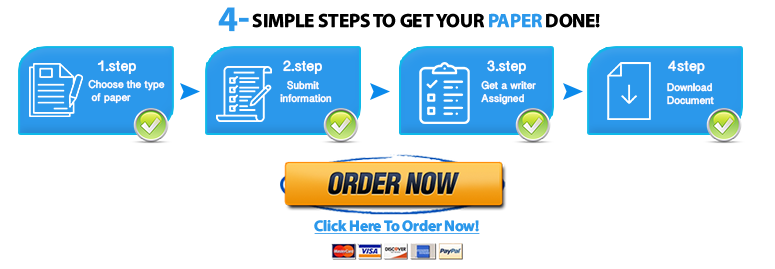Clinical Observations Documentation
In acute-care hospitals, the documentation of clinical observations is usually provided in a progress note. Clinical observations are the comments of physicians, nurses, and other caregivers that create a chronological report of the patient’s condition and response to treatment during his or her hospital stay. Progress notes serve to justify further acute-care treatment in healthcare organizations. In addition, the progress notes document the appropriateness and coordination of the services provided. The patient’s condition determines the frequency of the notes.
The rules and regulations of the hospital’s medical staff specify which healthcare providers can enter progress notes in the health record. Typically, the patient’s attending physician, consulting physicians who have medical staff privileges, house medical staff, nurses, nutritionists, social workers, and clinical therapists (such as physical therapists) are authorized to enter progress notes. Depending on the health record format used by the hospital, each discipline may maintain a separate section of the health record or the observations of all the providers may be combined in the same chronological or integrated health record. Guidelines for the frequency of notations may also be found in the medical staff rules and regulations.
Special types of notes are frequently found in a health record. For example, prior to the administration of any medication other than local anesthesia, the anesthesiologist visits the patient and documents important factors about the patient’s condition that may have an impact on the anesthesia chosen or its route of administration. Allergies and drug reactions are noted. A post-anesthesia note that describes the patient’s recovery from the anesthetic is required. Similarly, the surgeon responsible for a major procedure must document both pre- and post-surgical patient evaluations.
In the case of a death, the attending physician should add a summary statement to the patient’s health record to document the circumstances surrounding the patient’s death. The statement can take the form of a final progress note or a separate report. The statement should indicate the reason for the patient’s admission, his or her diagnosis and course in the hospital, and a description of the events that led to his or her death.
Just as physician documentation begins with the H&P, nurses and allied health professionals may begin their care with assessments focused on understanding the patient’s condition from the perspective of their specialized body of knowledge. Often a care plan— a summary of the patient’s problems from the nurse or other professional’s perspective with a detailed plan for interventions—may follow the assessment. In addition, nurses are responsible for specific patient admission and discharge notes and for documenting the patient’s condition at regular intervals throughout the patient’s stay. If a patient should die while hospitalized, nursing notes regarding the circumstances leading to and of death are important for quality and patient health outcomes improvement, risk management activities, and, in some cases, payer reimbursement considerations.
In certain situations, when the patient has died, an autopsy may be requested or required and a subsequent autopsy report, a description of the examination of a patient’s body after he or she has died, is completed. Also called necropsies, autopsies are usually conducted when there is some question about the cause of death or when information is needed for educational or legal purposes. The purpose of the autopsy is to determine or confirm the cause of death or to provide more information about the course of the patient’s disease.
The autopsy report is completed by a pathologist and becomes part of the patient’s health record. The autopsy report content and the format of the content is standardized and governed by the National Association of Medical Examiners. Every autopsy report contains the diagnosis, toxicology, opinion, circumstances of death, identification of the decedent, general description of clothing and personal effects, evidence of medical intervention, external examination, external evidence of injury, internal examination, and samples obtained. Because reports from tissue examination or laboratory testing can take weeks or even months, a preliminary report including preliminary diagnoses is often documented until findings are received and the final report is completed. The authorization for the autopsy, signed by the patient’s next of kin or by law enforcement authorities, must be obtained prior to the autopsy and should become part of the record.
Nursing professionals also maintain chronological records of the patient’s vital signs (blood pressure, heart rate, respiration rate, and temperature) and documentation of medications ordered and administered. Other chronological monitors such as measures of a patient’s fluid input and output may be ordered and recorded depending on the patient’s diagnosis. Sometimes these records are referred to as flow records because they show trends over time, or the data may be represented in graphic form for ease of communication. Special interventions such as the use of restraints also require documentation. For example, restraint information must include the type of restraint used, time frame used, and regular vital sign monitors and descriptions of the patient’s physical condition while restrained.
After an initial assessment, documentation by other allied health professionals varies by specialty. Each healthcare organization will define the appropriate content and frequency of documentation based on specific regulations and standards and the profession’s practice guidelines. For example, respiratory therapy treatments may be documented via progress notes and social work interventions may appear as dictated reports.


